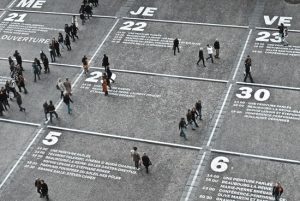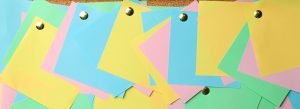Diary ideas: increase productivity
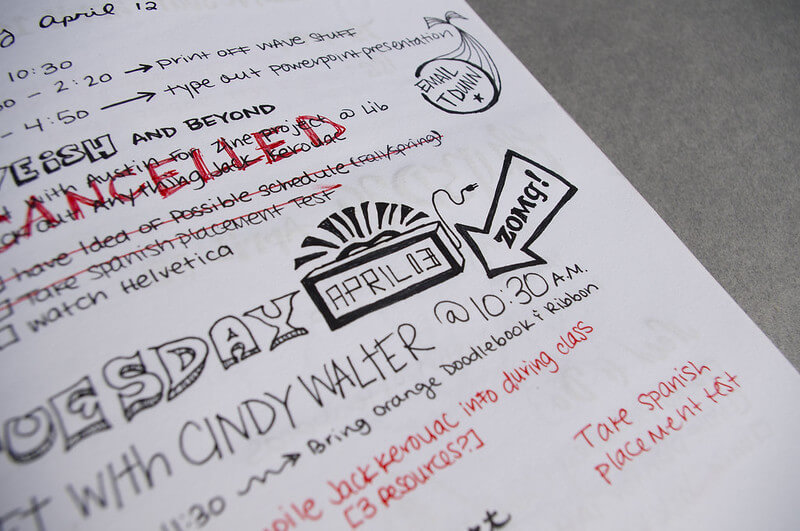
Keeping a diary on a regular basis is a useful habit that helps to significantly increase productivity and organization. To achieve this effect, it is important to approach this process competently. If you are just mastering time management and don’t know how to make notes correctly, then this article is especially for you! We have collected a lot of proven ideas for a diary, which will help to achieve maximum efficiency.
A diary is used to regularly record and analyze the events of your daily life. Unlike a planner, which contains a squeeze of priorities for the week or month, a daily planner describes the day’s activities in detail. Keeping a diary is important for self-analysis – by recording your thoughts, feelings and actions day by day, a person better understands himself, his motives and patterns of behavior. Regularly analyzing the records, you can track the dynamics of mood, identify the causes of stress or joy, understand the strengths and weaknesses.
A diary also helps you to plan – you can write down goals, objectives, future plans in it and then analyze their progress. As a rule, regular writing and note-taking develops writing skills and the ability to formulate thoughts. And, of course, it allows you to better remember the important events of your life. A diary is also often used as a personal information notebook to write down useful information, ideas, quotes.
Basic principles of keeping a daily planner:
- Regularity. Aim to take notes every day at the same time so that this ritual becomes a habit.
- Detail. Don’t limit yourself to a dry recounting of events. Describe thoughts, feelings, observations, reflections in detail.
- Structure. Keep notes in a specific order, e.g.: plans, tasks, impressions, reflections.
- Brevity. With all the details, state thoughts briefly and substantively.
- Detachment. Analyze events from the outside, as if through the eyes of an outsider.
- Perspective. Compare current records with previous records, noting changes.
- Goal setting. Formulate and write down goals for the next day/week/month.
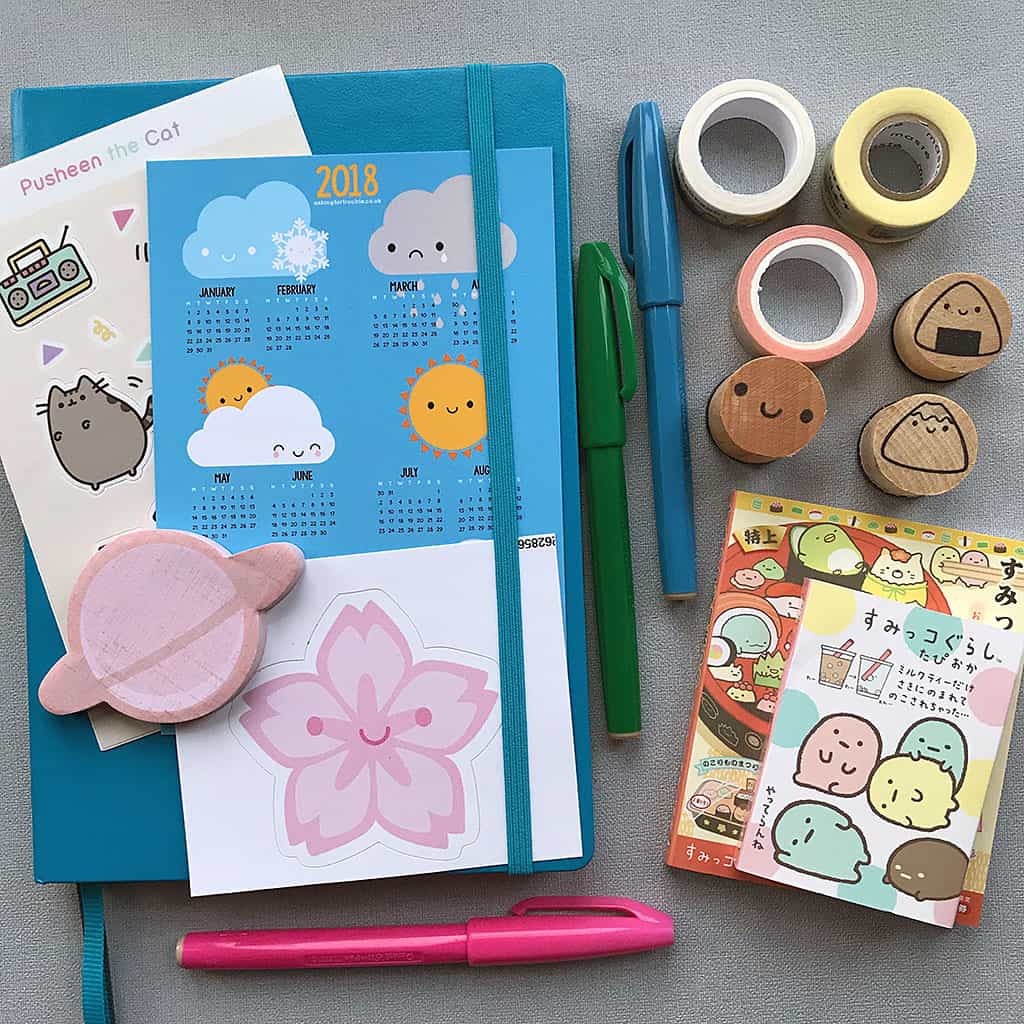
Ideas for filling a day planner
There are many different techniques for keeping a diary, each with its own advantages and suitable for different purposes. Some techniques require regular short notes, others require a more structured approach. But it is important to write tasks according to a unified scheme – this approach allows you to organize all aspects of life: work, study, personal life and even creative activities. Each method of keeping a diary has its own advantages. Following a unified system of keeping a diary will help you organize your life and achieve your goals.
5 minutes for all entries
The “5 Minutes” method of keeping a diary involves regular but very brief entries. The essence of this method is to allocate only 5 minutes a day for entries in the diary. You should choose a convenient time (say, in the evening before going to bed) and place for these daily five-minute entries. You need to note the start date and time each time. During the allotted 5 minutes, you should have time to briefly write down in your diary in the form of theses answers to several key questions – what important things happened today, what strong emotions you experienced, what tasks you accomplished and what difficulties you encountered, what you should reflect on. It is not necessary to strive for perfect wording, the notes should reflect thoughts as they spontaneously come to mind. It is important to fill the full five minutes, even if it seems that nothing important happened during the day. And of course, after the five minutes have elapsed, the time of the end of the recording should be noted. Such a simple technique turns out to be very effective. It allows you to regularly record the most important of the day’s experiences, even if the schedule is very tight. Even if it is only 5 minutes, it is better than nothing.
Filling in the morning
The “morning pages” method involves keeping a diary immediately after rising, before the start of the day’s activities. You should take 15-20 minutes every morning to fill in one or more pages in the diary. This helps you to consciously set up for the day ahead.
The content of the morning entries can be roughly as follows. First, the date and time of onset are noted. Then memories of dreams are written down, if they are remembered – this helps to conceptualize them. Next, you can write about the current emotional state, mood. It is important to note the thoughts that are spinning in the head, write them down to “spill out” of consciousness.
After that, it’s recommended to make a plan for the upcoming day – write down tasks, things to do, meetings, desired activities. And lastly, you can reflect on what you are grateful for today, what is valuable in life. Such a structured morning record sets you up for a conscious perception of the new day, helps you gather your thoughts and outline specific action plans. This is a very useful technique for those who want to start each day with focus and attention to themselves.
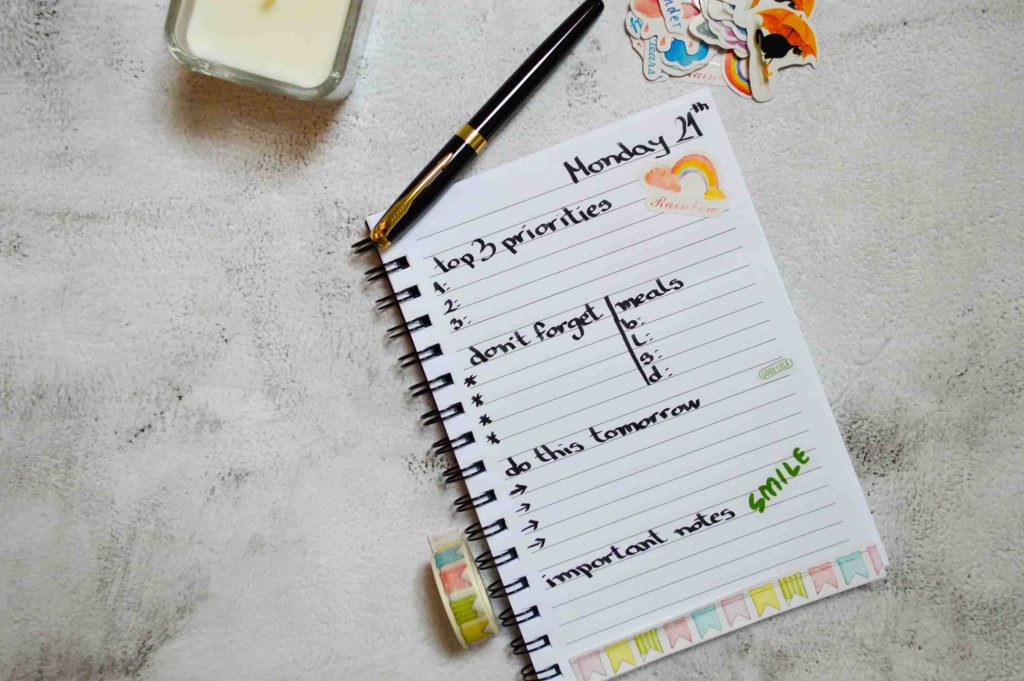
A few diaries
Keeping separate diaries means using several separate notebooks for different types of entries. This allows you to structure your information and analyze certain areas of your life in a focused way.
One diary can be dedicated to recording specific plans, tasks, and to-do’s – both work and personal. It is convenient to set goals, make to-do lists, mark progress on work and projects. The second notebook is intended for creative records – it can be a diary of impressions, where you write down thoughts, feelings, ideas, as well as poems, drawings, everything that promotes self-expression.
It is advisable to devote another diary to personal reflections, self-analysis, awareness of inner conflicts, fears and desires. The fourth can be used to record useful information – quotes, excerpts from books, interesting facts. This methodology allows you to keep a structured and multifaceted diary without mixing different spheres of life in one notebook.
Stream of consciousness
The method of keeping a stream-of-consciousness diary is based on free, continuous writing down everything that comes into your head. It liberates creative thinking and helps to get rid of internal censorship.
To apply this technique, you need to allocate 3-10 minutes and start writing down all thoughts in the order they occur, without pauses or stops. It doesn’t matter whether the text is coherent, logical, spelling or handwriting. It is important to just keep writing, even if nothing comes to mind – you can repeat the last words. This is a kind of meditative process that allows you to turn off your inner critic and censor.
Over time, with regular practice of such free writing, you may notice interesting patterns in your own thinking. There may be a tendency towards certain themes or images. Some thoughts come up again and again – so it makes sense to reflect on them. This form of diary promotes creative self-expression and helps you get to know your inner world better.

Ideas for the design of the diary
We’ve collected the most effective paper diary design tips and tricks. Designing in the same style allows you to structure information and visually organize the diary space.
You can use different colored pens – for body text, headings, highlighting important points. Different colors help to better visually distinguish blocks of information. It is useful to emphasize dates and headings, for example, by underlining, different fonts, or borders. You can use markers, stickers, arrows to make your notes more structured.
In addition to text, drawings, charts, tables, diagrams are appropriate in a diary. This visualizes the information. You can also add photos, quotes, collages for creativity. The main text can be divided into blocks with lines, asterisks, other dividers.
An important technique is to leave free space between blocks of text. This will allow you to supplement the notes without breaking the structure. Thus, thoughtful design greatly facilitates the maintenance of the diary and increases the efficiency of its use. The main thing is to choose the style that best suits you personally.
A simple notebook
The method of keeping a diary in the form of a notebook is very simple and effective. The essence of it is that each day’s entries are kept on a separate sheet with the date at the top of the page. This allows you to separate each day’s entries into a separate visual block.
It is convenient to have all the information of one day on one spread – it is clear and makes it easier to navigate when you need to find records of a particular date. On each page you can make free-form notes, add drawings, clippings, stickers. A new page is like a blank sheet for daily reflections, plans, impressions.
The advantage of this format is that it is easy to flip through the notebook from date to date and see how thoughts and moods have changed over time. This helps you become more aware of the dynamics of your personal development. The simplicity and flexibility of such a diary-notepad allows you to keep it on a regular basis without putting much effort into its design.
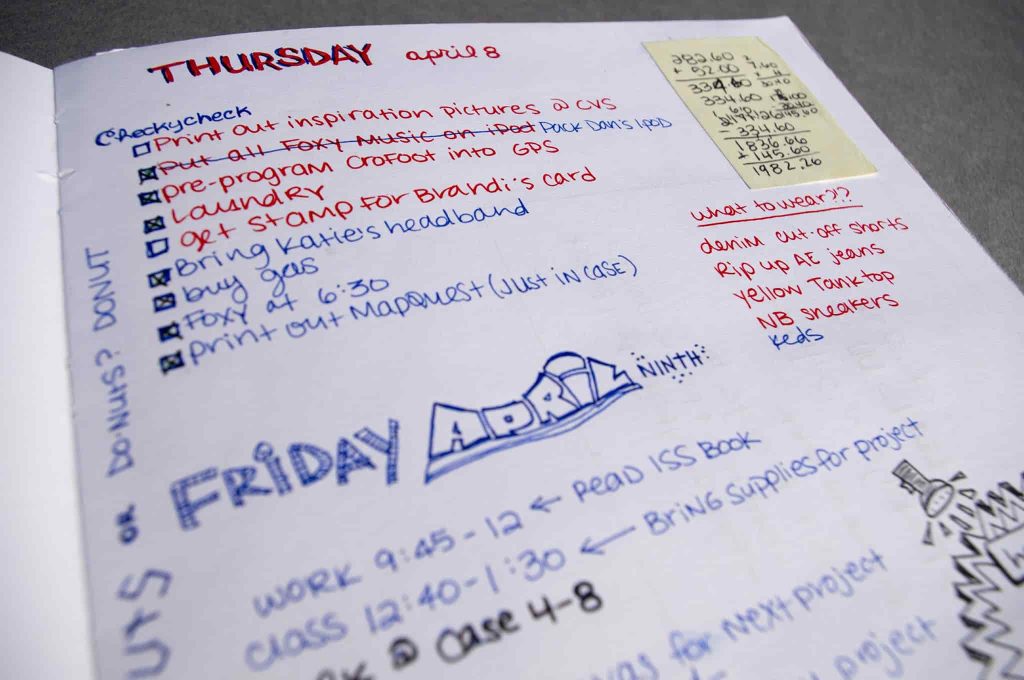
Bullet journal
This technique involves using markers in the form of dots or other icons to structure your notes. Each individual note, event, thought starts with a bullet – i.e. a dot, star, square, etc. This visually separates the individual elements of the notes in the agenda.
This technique allows you to easily scan the text with your eyes and highlight individual thoughts, events of the day. A clear example of how to describe the day, starting each stage with a bullet point:
- ☀️ Woke up feeling rested.
- ✅ Read the book.
- 🛒 Went to the grocery store.
And so on. It looks more structured and visual. In addition, bullet points are convenient to use for lists of tasks, plans, goals. Such a visual organization of information helps to organize thoughts and make better use of the diary.
Scrapbooking
This is probably the most popular way of making notes and records. The scrapbooking method involves keeping a diary with the use of various handmade elements – cuttings, drawings, photos, stickers and so on. This gives the pages of the diary a bright and beautiful look.
Using this technique, you can glue photos of significant moments, tickets and receipts onto the pages as a reminder of the day’s events. Draw your own visual images and associations with markers and paints. Add clippings of favorite quotes, poems, infographics. Use a variety of motivational stickers.
Such creative visualization creates a unique atmosphere of a personal diary and helps to format information. In addition, the process of adding creative elements helps to think about and better remember the events of the day. By cutting and drawing, it is as if we relive these moments anew. Overall, scrapbooking in a diary makes the process of note-taking more conscious, creative and enjoyable.
Separating records using stickers
Lifehack with dividing diary entries by topic using a colored tab. Each topic of entries is indicated by a sticker of a certain color.
For example, you can use pink stickers for notes about family and relationships, yellow stickers for work tasks, green stickers for goal planning, blue stickers for creative ideas, and so on. Before making a note, you should attach a sticker to the page that corresponds to the topic of the note.
Such tabs and bookmarks clearly structure the information by topic, allowing you to quickly find the desired section. In addition, the use of different colors makes the process of keeping a diary more visual and interesting. Analyzing the distribution of stickers, you can track which areas of life prevail in the records in different periods. This helps you better understand your priorities and the dynamics of change.
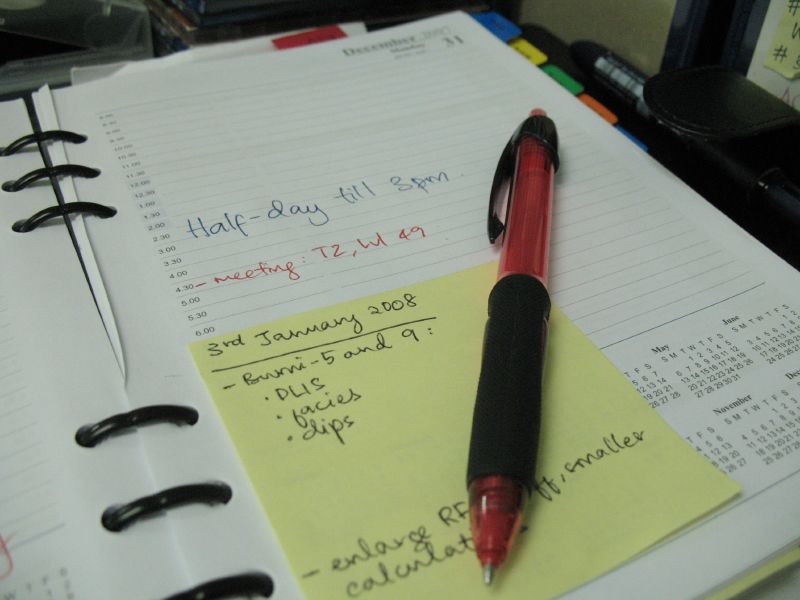
Working in paper and electronic diaries
Combining the use of paper and electronic diaries helps you get the benefits of both formats.
A paper diary is useful for deep concentration and mindfulness. The process of handwriting improves memorization and comprehension of information. In addition, the pleasant tactile sensations of working with paper increase the motivation to keep notes. The paper version is also convenient for free creative self-expression – drawings, collages, and various visual techniques.
The electronic planner wins in mobility and easy to find notes. It is easy to complete it anywhere from your smartphone. The electronic version provides quick access to entries regardless of where the paper diary itself is located. In addition, in the online planner it is convenient to make structured notes using hyperlinks, tags, categories. In the task manager, you can attach photos, videos, and documents to tasks. And the availability of boards allows you to break a large project into stages and track progress.
So, the ideal is to take thoughtful and creative notes in a paper agenda, and then synchronize key notes with the electronic version for easy storage and retrieval. This will help maximize the use of the daily planner for self-development. Our advice is to take notes on both paper and digital for maximum productivity.
Whether you’re an entrepreneur, a student, a creative person, or just someone striving for the best version of yourself, the agenda will be your trusted tool on this exciting journey. Don’t miss the chance to take advantage of all its benefits – get started today!
